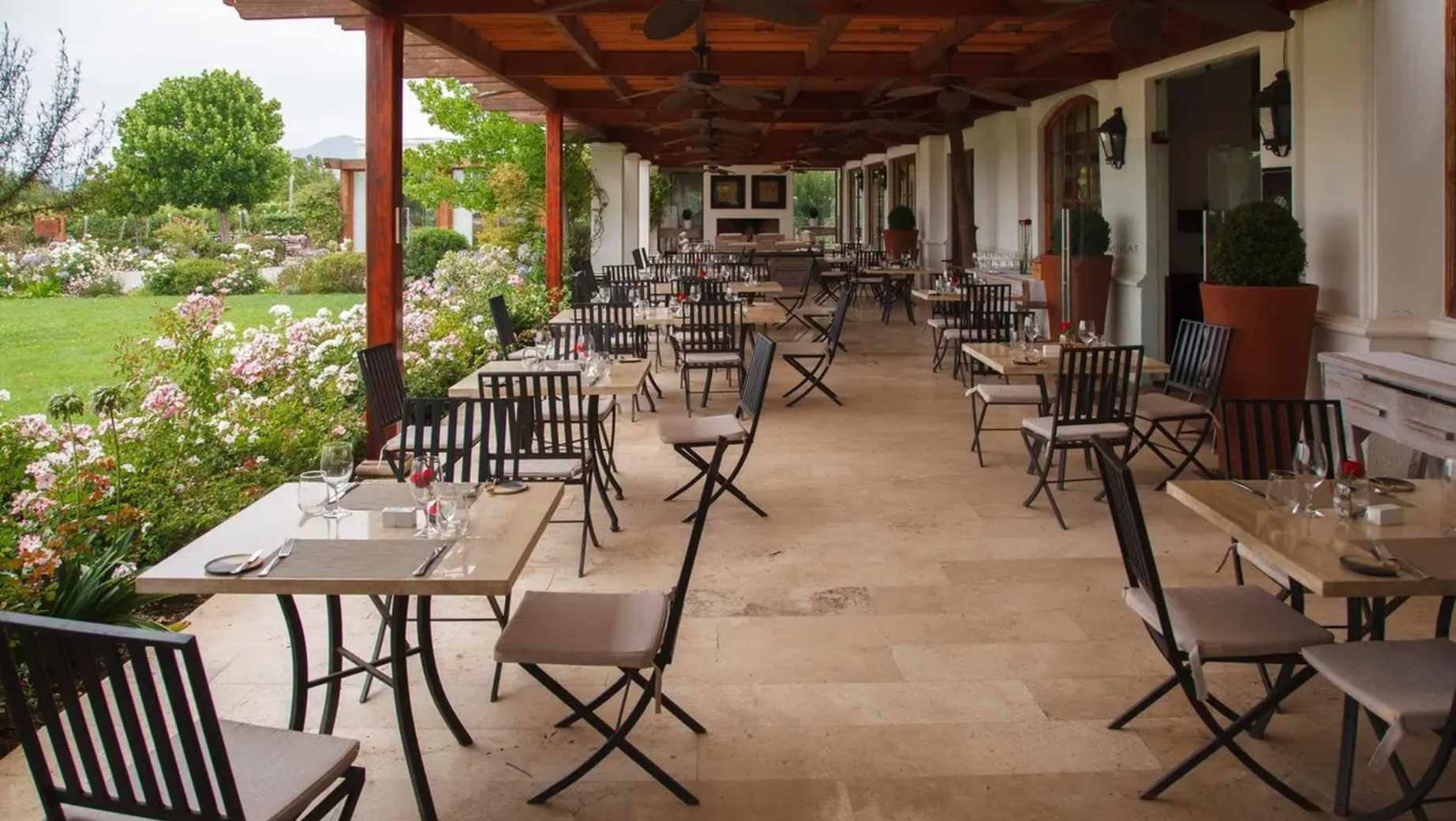Czech-Slovak Expedition Finds Ancient Mayan City in Guatemala
Prague Morning
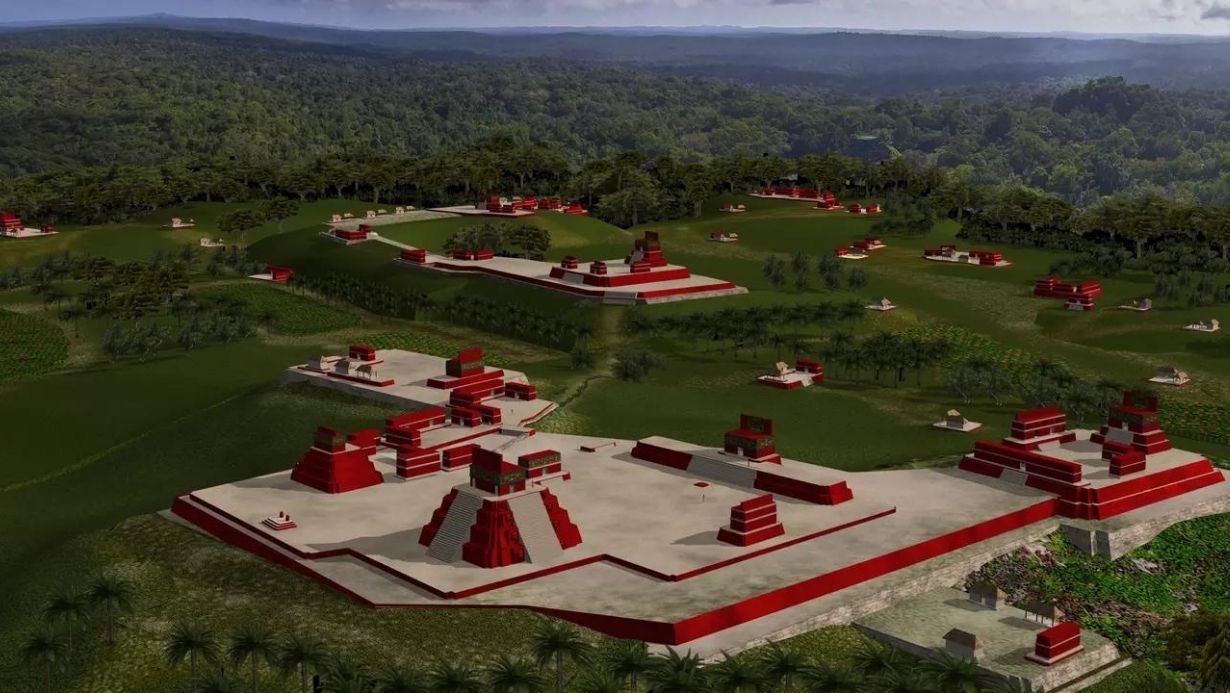
A Czech-Slovak archaeological team has discovered an almost 3,000-year-old Mayan city in northern Guatemala, a press release by the Neuron Foundation, which financially supported the expedition, revealed on Tuesday.
Named Yax Balam, meaning First Jaguar, this city has emerged as a pivotal discovery shedding light on a previously unknown Maya settlement, or rather, a series of urban centers.
This newfound urban center, nestled within the dense jungle, is believed to be the oldest in the region and concurrently the largest yet undiscovered settlement in the northeastern Petén region. Its discovery will enable researchers to explore crucial phases of Maya history.
The excavation in Guatemala yielded a treasure trove of artifacts, including palaces, statues, ritual remnants, and astronomical observatories of immense scientific significance.
Professor Milan Kováč explains, “The city is one of the first Mayan city-states, as indicated by ‘Yax,’ meaning the beginning. Regarding the jaguar, the city’s central location was guarded by a live jaguar during our exploration, posing challenges in maintaining a safe distance.”
In Mayan culture, the jaguar symbolizes power, is linked to the underworld, and plays a pivotal role in their mythology. Initial fieldwork indicates that Yax Balam thrived primarily during the Middle and Late Preclassic period, from 850 BC to 150 AD, serving as the region’s hub for about a millennium.
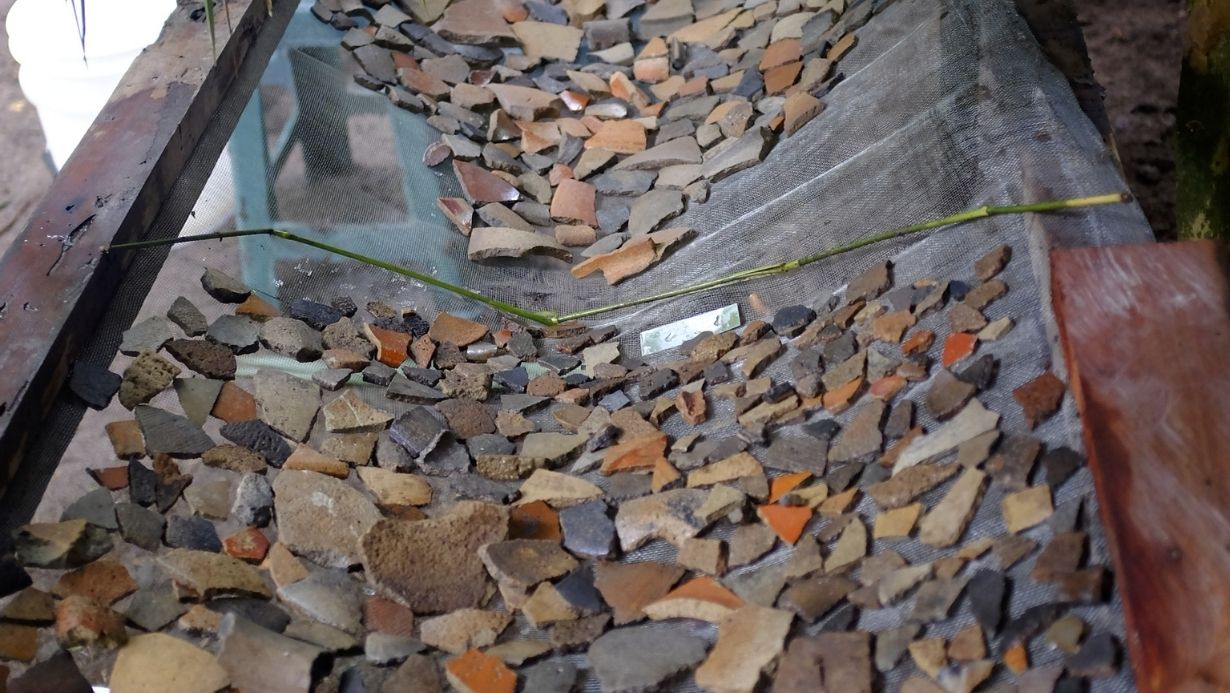
Currently, experts, including those from the Czech Technical University, are analyzing the findings. Their objective is to recreate 3D models of the city and present them visually to the public.”Our goal is to bring the life of one of the world’s oldest civilizations closer to the public through 3D animation,” said Šilhán.
Using high-tech for detailed research The team used advanced technologies, such as AI, neural networks, and LiDAR (a laser technology), to map the city, and locate important structures and artifacts.
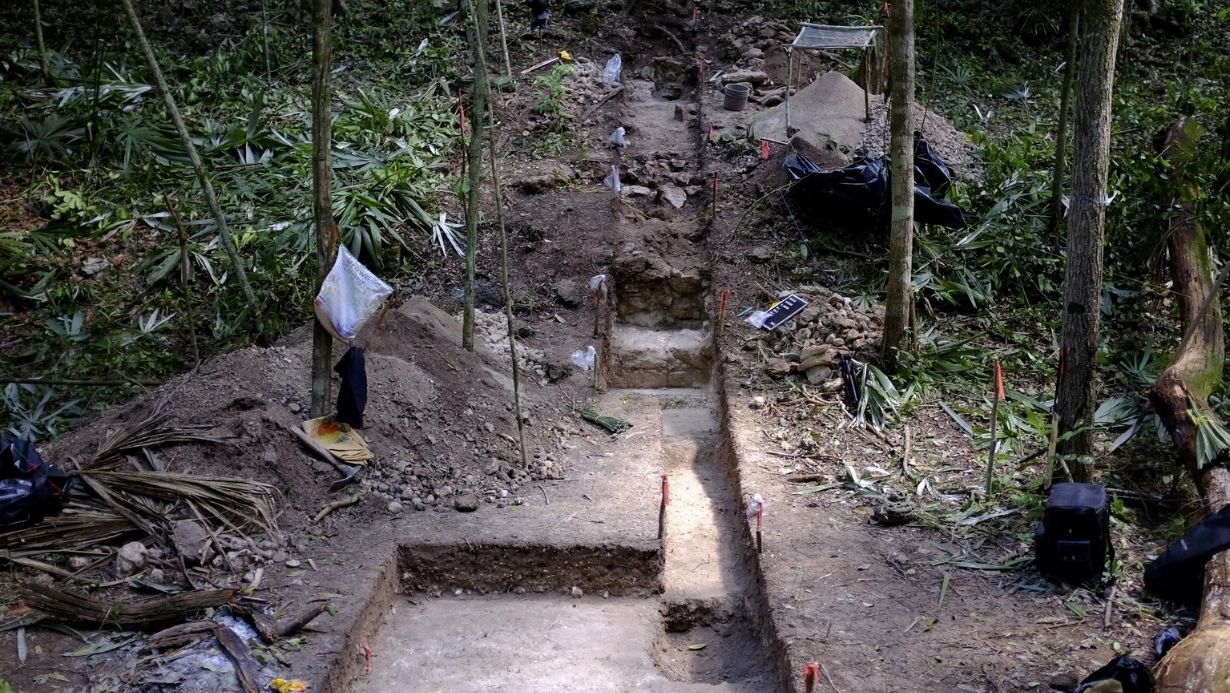
LiDAR can penetrate below the surface and reveal buildings, palaces, and urban areas. The neural networks then searched for objects of interest using specific algorithms. The excavations and archaeological research confirmed the findings, and now the experts are working on reconstructing the life of the Mayan civilization.
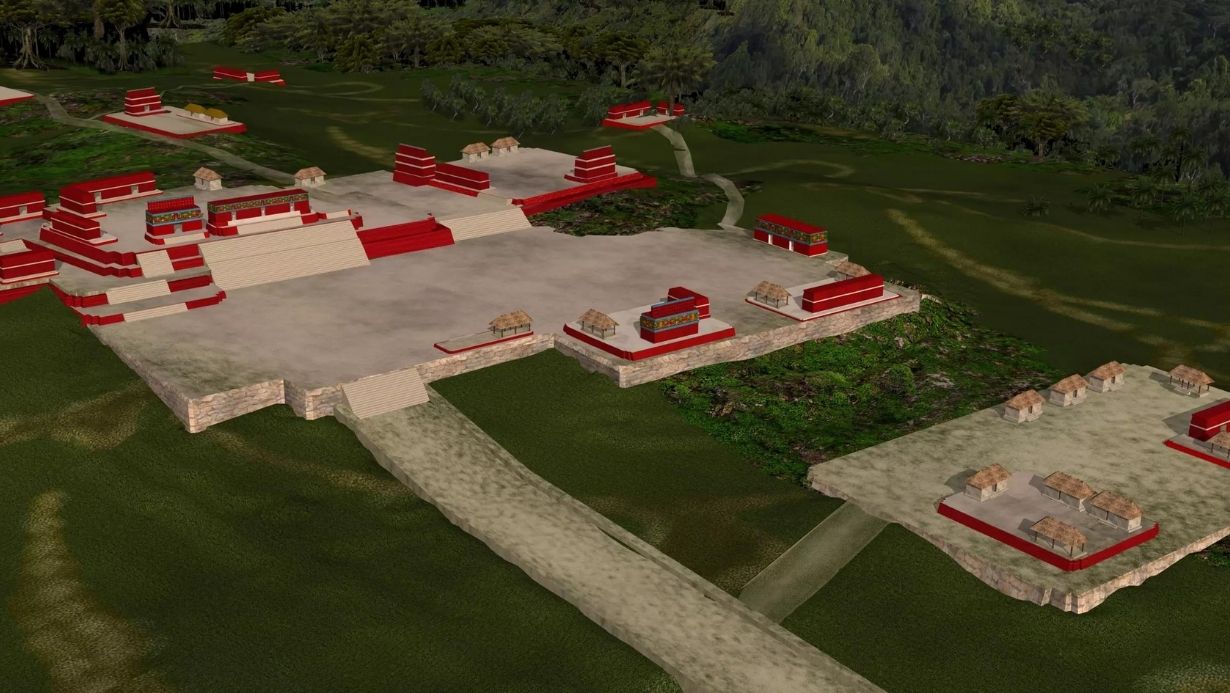
-
NEWSLETTER
Subscribe for our daily news








